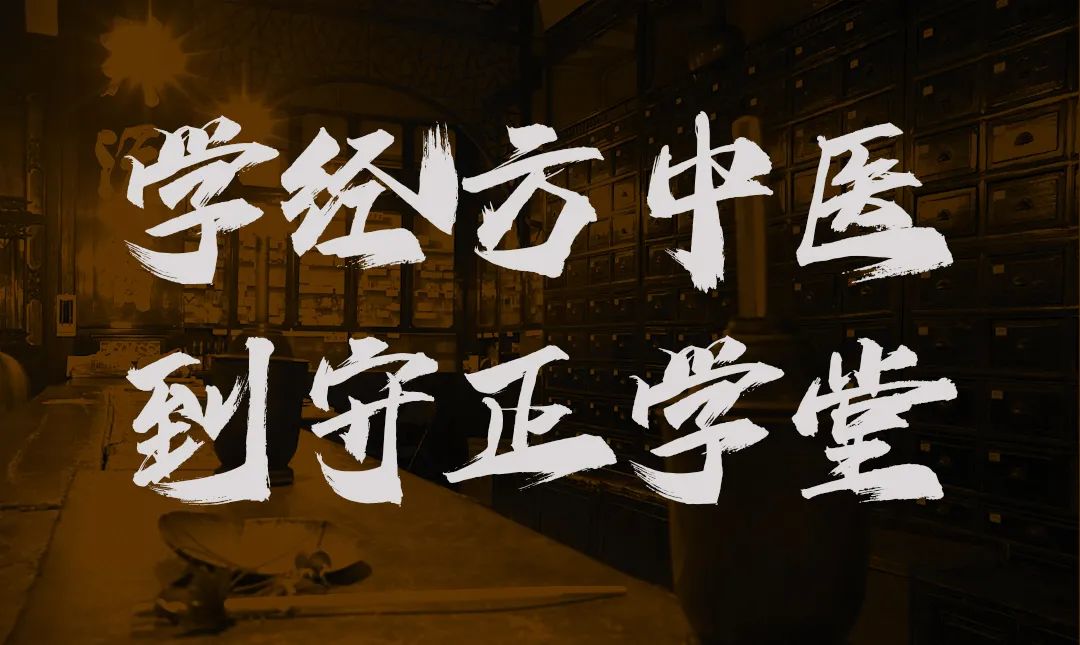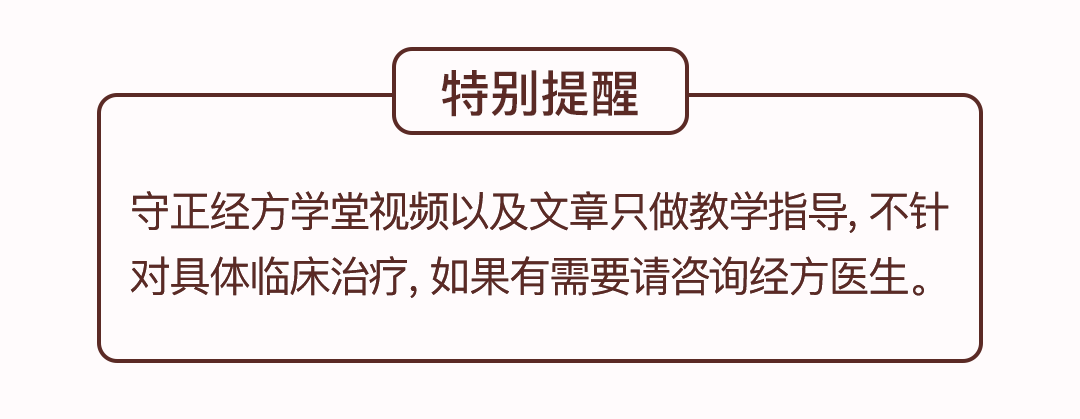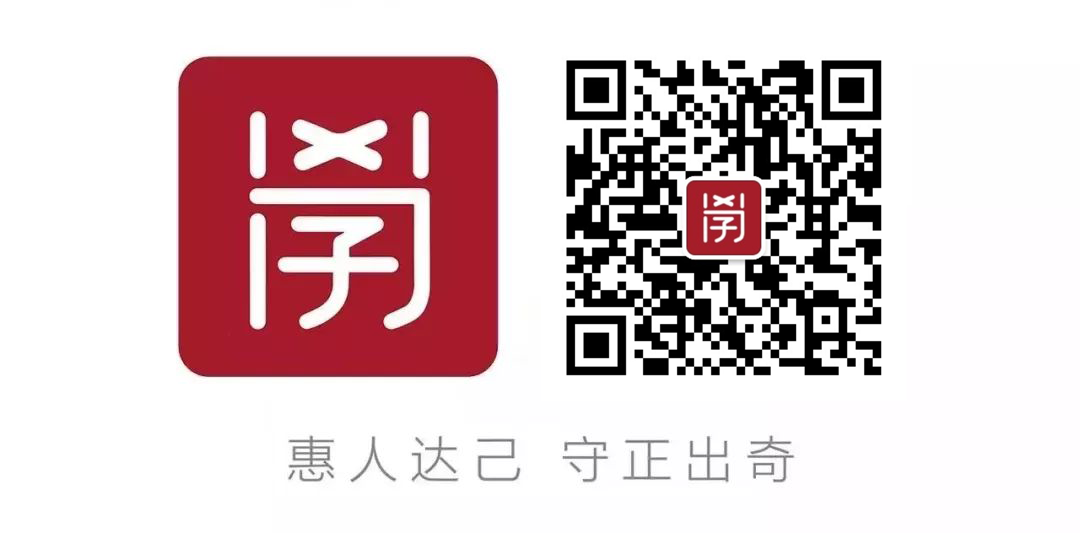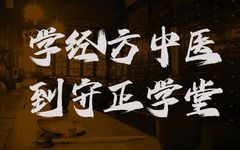
The Huangdi Neijing (Yellow Emperor’s Inner Canon) is the earliest existing classical medical text in China, playing a crucial role in the development of Traditional Chinese Medicine (TCM).
The theories expounded in this book have consistently guided the evolution of TCM scholarship, making it an indispensable classic for studying TCM, and a required reading for modern TCM students.
As the name suggests, “Neijing” refers to internal medicine. According to the Suishu (Book of Sui), besides the Huangdi Neijing, there is also a Huangdi Waijing (Yellow Emperor’s Outer Canon). These two texts are sister works, indicating that the Huangdi Neijing is a response to the Huangdi Waijing.
So, why is the title prefixed with “Huangdi”?
Huangdi, or the Yellow Emperor, was an ancient ruler of China, belonging to the Gongsun clan. He was also known as Xuanyuan, named after his birthplace, Xuanyuan Hill, and as Youxiong, named after the state he founded.
After defeating Chiyou, he became the Son of Heaven, and due to the auspiciousness of the earth element, which is yellow in color, he was called the “Yellow Emperor.” The book adopts a dialogue format between Huangdi and the physician Qibo to discuss medical topics, hence the inclusion of “Huangdi” in the title.
The Huangdi Neijing is currently divided into two texts: the Suwen (Simple Questions) and the Ling Shu (Spiritual Pivot).
The character “Su” in Su Wen can be interpreted as fundamental; “Wen” refers to Huangdi’s inquiries to Qibo.
The term “Ling Shu” in Ling Shu has been explained by the famous Ming dynasty physician Zhang Jingyue as: “The key to the spirit and the pivot, hence it is called Ling Shu.”
In this context, the essence of the human body is referred to as “Shen” (spirit) for the yang essence and “Ling” (soul) for the yin essence, indicating that this book discusses the critical content regarding “Shen” and “Ling.”
The essence of the Huangdi Neijing Ling Shu is the “Twelve Meridians,” which are the foundational and most important principles in meridian theory, thus the “Twelve Meridians” serve as both fundamental knowledge in TCM and core theories for studying and researching TCM.
Therefore, to learn relevant TCM knowledge, understanding the origins of the Huangdi Neijing is essential.




